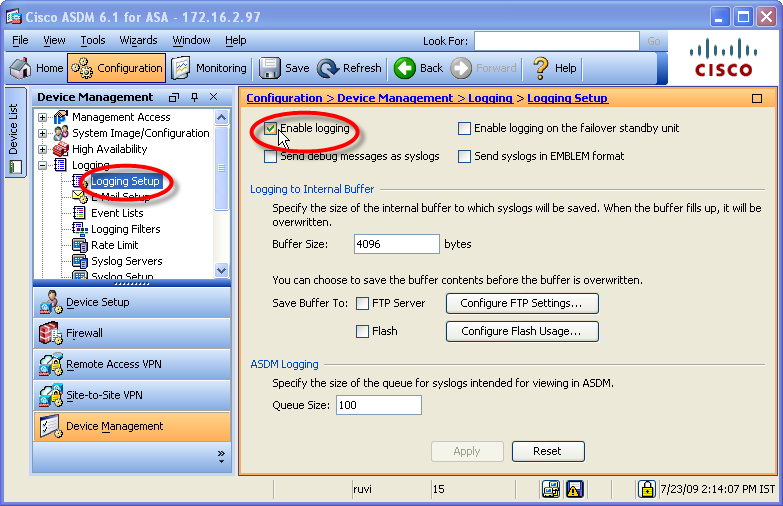
Click OK and you’ll see the entry appear under ‘Distinguished Name (Max 10)’. Then type in the value you entered for OU in the last step (under Certificate Enrollment) ito the Pattern field.

I recommend 2048, which is what NDES should be expecting in the certificate request. Enter your domain name in the CA Domain field:.I chose An圜onnect for the sake of simplicity. Enter whatever you’d like under Department, but we will reuse this entry later on.Either will work, but will affect whom the certificate is issued to (machine name or user id), which in turn will affect how the endpoint shows up in the VPN monitoring logs. Enter %USER% or %MACHINEID% in the Name (CN) box.Set the Certificate Expiration Threshold (days).If you have multiple, separate them with commas. Add your internal Trusted DNS Domains and Servers.Open the Client Profile that you’ll use for the User Tunnel - mine is called ‘Helpdesk’.These next steps are best done in the ASDM, because the output is XML files. If you happen to disregard the requirement that NDES is NOT installed on your CA, then this step will repeatedly fail. I prefer the CLI for this because it gives instant feedback about the success or failure. CLI, under a group policy named Helpdesk: Either edit an existing one, or create a new one and associate it with the previously created Connection Profile. The Group Policy will need to be edited as well. Enable SCEP Enrollment (Advanced\General).Configure DHCP, DNS and the domain name.You can use LOCAL, or if you’re tied into another authentication service for MFA, like RSA, you can select it. Set the Authentiction method AAA and certificate.I don’t want to mess around with the production VPN that 100+ users are connected to! I called mine “Helpdesk”, since that’s who my pilot testers will be. Create a new VPN Connection ProfileĬreate a new VPN Connection profile on the ASA via. I’ll call it the User Tunnel just to be clear, and we’ll work on it first. Note: We will need two Profiles - one for Users to authenticate to and get the certificate, and one for the actual Management Tunnel. We can import it directly from the NDES/SCEP server we just set up by clicking ‘Add’ and entering the proper information. I used the ASDM: Device Management > Certificate Management > CA Certificates. If you don’t already have your Issuing CA certificate installed on the ASA, you’ll need to do that. Linux support will be added in subsequent releases.
#Asa asdm create an id windows
#Asa asdm create an id update
The Management VPN tunnel is not established when a trusted network is detected by the Trusted Network Detection (TND) feature or when an An圜onnect software update is in progress.



 0 kommentar(er)
0 kommentar(er)
